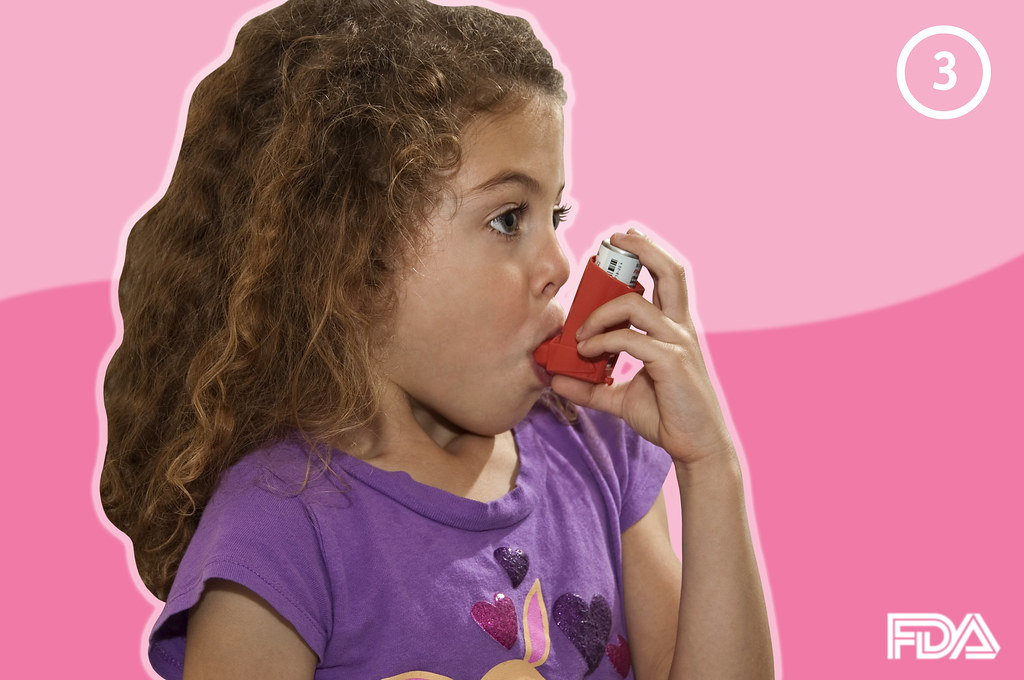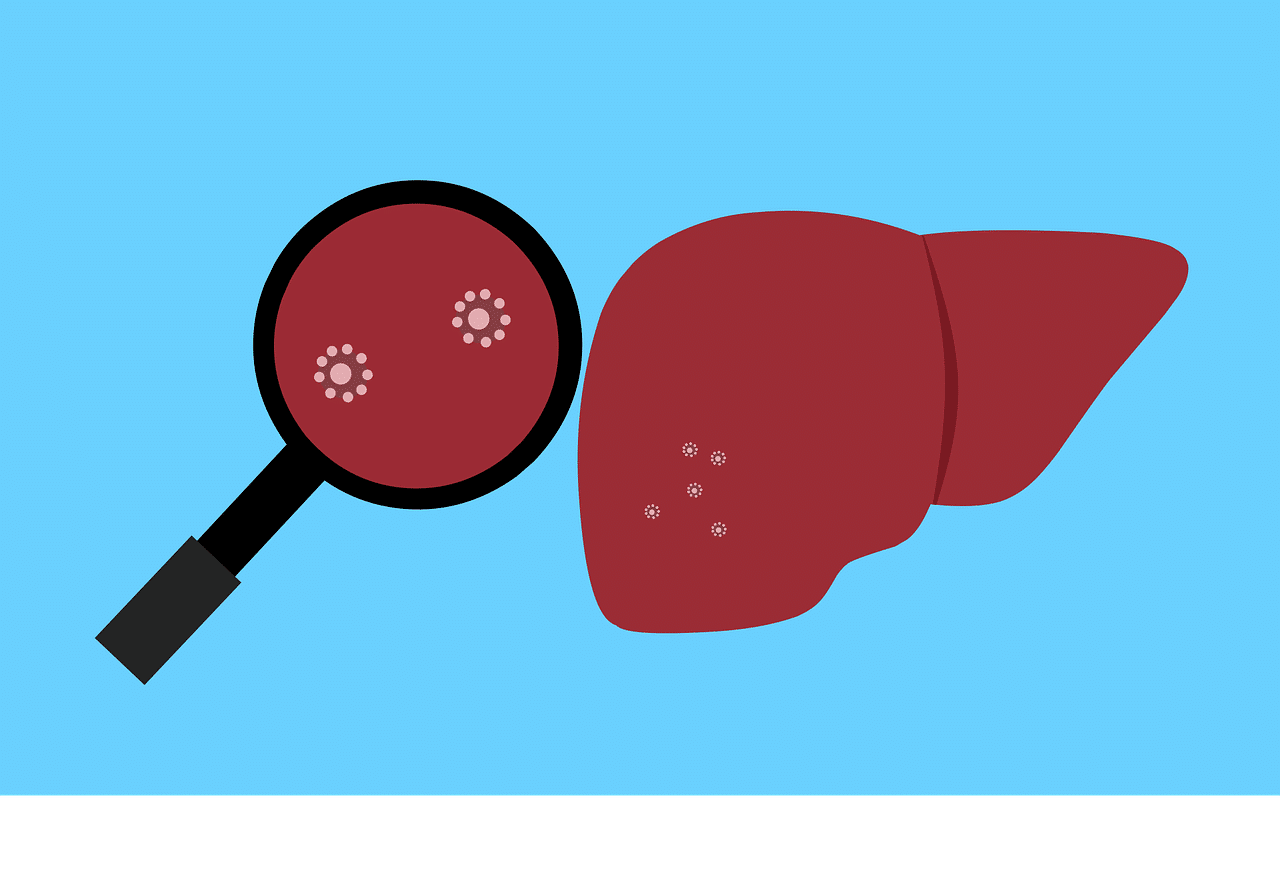Bronchiolitis, a chronic lung infection that is a broadly perceived clarification behind hospitalizations in small children, is commonly predominant during the months of winter and is typically treatable with albuterol through different modes for inhalers, paying little heed to confirmation showing no preferred position in numerous patients.
A research team from different disciplines, all from the Children’s Hospital of Philadelphia re-designed the clinic’s conventional treatment approach for the infection. They also studied a reduced use of albuterol without compromising on patient care.
This study is published Pediatrics, December issue.
Considering the repeated use of albuterol and the medicine’s idle limit side effects, they expected to enhance the estimation of the restorative thought provided for adolescents bronchiolitis and filtered for ways to deal with decline use.
The investigators switched to refresh the treatment order, or clinical pathway, to reflect the present American Academy of Pediatrics AAP guides and also show clinicians the proposed changes.
The American Academy of Pediatrics revived its bronchiolitis guidelines in 2014,
“it recommended against the use of bronchodilators like albuterol in like manner patients with bronchiolitis. To bring its clinical practice in line with those recommendations, the CHOP bunch used a multidisciplinary approach – with an objective of reducing the usage of albuterol for bronchiolitis in infants in both emergency office and inpatient settings.”
To accomplish it, the team designed an experimental emergency division using m inpatient model so that it could see that bronchodilators were not a proposed treatment for infants and toddlers having severe symptoms of bronchiolitis. The typical symptoms include an upper respiratory infection caused by a virus that might have progressed to the lower respiratory tract.
The research team similarly instructed restorative guidelines, respiratory experts, and specialists on the new guidelines and adjusted the digital well-being record system. It was more of a “don’t structure” decision that communicated bronchodilators are not preferred treatment for common use.
By following the new protocol, the use of albuterol use in infants diagnosed with bronchiolitis significantly reduced from 43 percent to 20 percent in the hospital’s emergency division. It further reduced from 18 percent to 11 percent in the inpatient unit, saving approximately 600 infants from a treatment that is pointless and dangerous.
The gathering assessed understanding insistence rates, length of remain and come back to rates and found the diminished albuterol use didn’t influence those estimations.
The investigation time period was set to be between October 2014 and March 2017 for three consecutive winters. During this period, CHOP had around five thousand emergency office visits and two thousand hospitalizations cases due to bronchiolitis. Among these, almost four thousand emergency division visits and one thousand inpatient hospitalizations were studied by this research team.
The methods used in this study plan are applicable to various determinations whenever there is where is the maltreatment of testing and interventions, says the first author of this study.
The next stage for advancing bronchiolitis care at CHOP is concentrating on a different technique that is the use of a high-stream nasal cannula in bronchiolitis affected kids. The study suggests that there is an ample need to research for more possibilities for effective treatments for the diseases that are prevalent among the kids.


